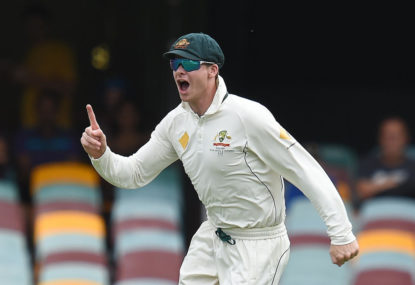India versus Australia, 2017 edition, had to be one of the most exciting Test series in recent memory. We were expecting a 0-4 loss. We could have been 2-0 up. We were lucky we didn’t lose 1-3. It was gripping stuff.
There were some delightful surprises for the visitors. Matthew Wade could keep to spinners after all; Matt Renshaw can bat anywhere (despite a lack of bowel control); Steve O’Keefe came of age; Steve Smith’s form went from sublime to something even more than that; Pat Cummins went for two tests without falling apart; Glenn Maxwell scored a test century; and Kohli played abysmally.
Some shocks were less pleasant – Peter Handscomb’s struggles against spin; a drop-off in fielding standards towards the end of the series; a lack of impact from Mitchell Starc; Steve O’Keefe’s poor batting at Test level.
Then there were things that, depressingly, surprised no one.
Dave Warner continues to struggle away from home; Steve Smith’s dogged refusal to use part-time bowlers; Shaun Marsh’s exasperating form; the non-contribution of Mitch Marsh; the tendency of the Australian batting order to collapse; and the lack of serious post-series analysis of Australian selection policy.
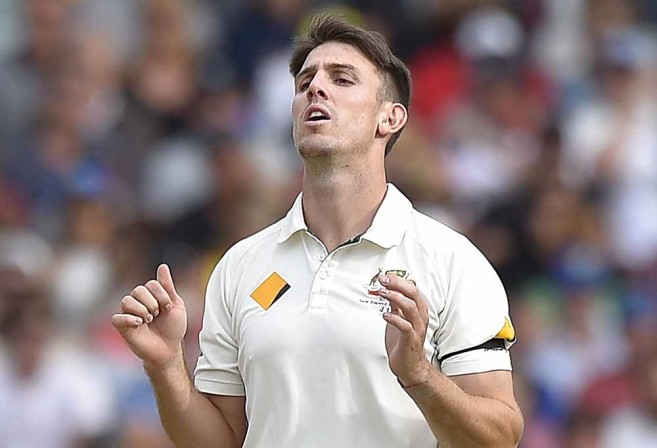
The press seem to be spinning things as “well we’re rebuilding” and “gee isn’t 1-2 so much better than 0-4?” and it is… but it’s not as good as 2-0, which it could and should have been after that magnificent first Test victory.
In the second Test, we were ahead in the first innings, we had them on the ropes but then choked.
This series was, in the end, a failure for Australia. It just wasn’t as bad as we were expecting, so everyone in upper management keeps their jobs. Which is what it’s all about, right?
For me there were three main takes from the series:
a) Having a ‘bits and pieces’ all-rounder at number six can cost you Test matches
b) Steve Smith really needs to learn how to use part-time bowlers
c) A ‘horses for courses’ selection policy when it comes to batting is pointless
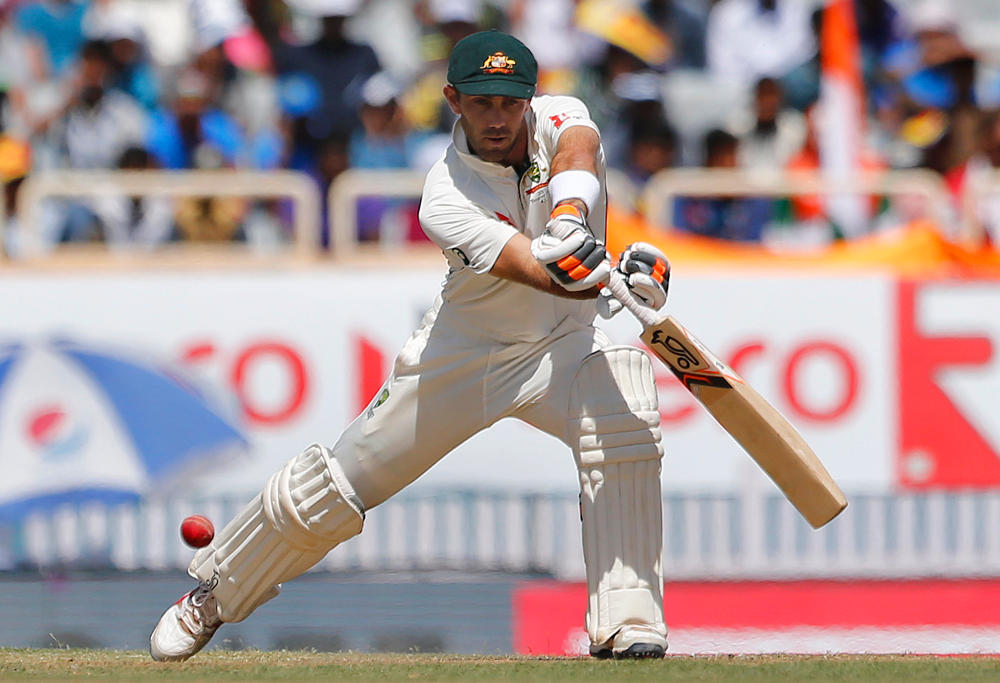
The ‘bits and pieces’ all-rounder folly
I’ve talked about this a lot, more than I want to, truly, but I find myself still having to because the selectors keep making the same mistake.
Mitchell Marsh is our least successful number six in Test match history and he lost us that second Test. Sure, other people played their part, but with Mitch Marsh, it was like we had ten people in the team.
He only needed to get one of his crappy scores of 30 or so that look so pretty and we could’ve won – he got one in the second innings of the first Test when it wasn’t particularly needed – but no, he failed again. On top of that, he was barely used with the ball.
And because he was sent home injured, we didn’t even get the satisfaction of watching him be dropped.
He was replaced by Maxwell, who averages 40 at first class level, and who scored a century that helped Australia draw the first Test. But despite that, and Maxwell’s top score of 45 in the second innings of the last Test, his position is not secure, not even for the next Test.
Some are talking about Moises Henriques and Marcus Stoinis, who both average 35 with the bat, taking this spot.
Can we stop this, please? Is it so hard to give the number six spot to a proper batsman? Why is this so hard for our selectors to accept?
And by “proper”, I mean someone with a first-class average around 40. There’s plenty out there – Kurtis Patterson (42), Jake Lehmann (43) or Hilton Cartwright (52). Not rocket science.
Smith’s reluctance to bowl part-timers
This is one of the weirdest things I’ve seen in modern cricket, especially considering Smith used to bowl, and batsmen who can bowl a bit normally make excellent captains of part time bowlers – Bob Simpson, Ian Chappell and Michael Clarke.
The exception was Allan Border, who displayed a similar reluctance to use part-timers like himself and Kepler Wessells early in his captaining career.
Even when players are picked specifically to give Smith a part-time bowling option, Marsh and Maxwell, he overlooks them.
Why is this? Is Smith so “aggressive” he can only see things on an over by over basis? Does he forget? Is he prejudiced against non-specialists and no one’s thought to tell the selectors? Is it the influence of Wade?
He’s got to learn because to give a fifth bowler only four overs while India score 603 is ridiculous.
He’s got Maxwell, himself and Warner to draw upon. I’m not a fan of all-rounders but I do like part-timers and believe in giving the strike bowlers a break from time to time. Even if it’s just that old dodge of an over before tea. Mix it up a little Smith.
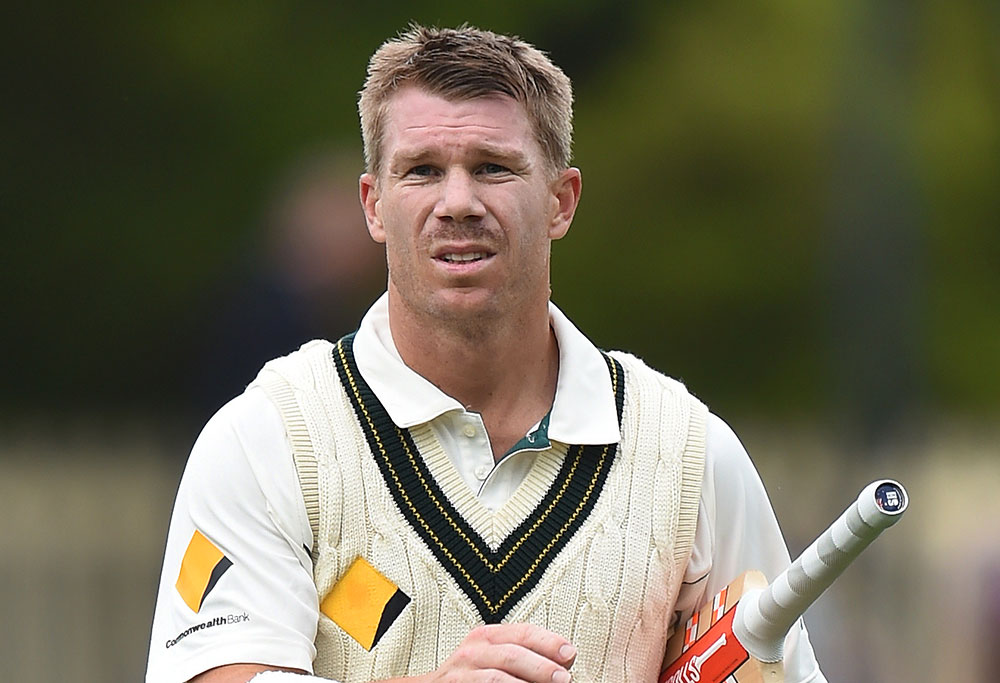
The pointlessness of selecting batters on “horses for courses.”
Before the first Test, Darren Lehmann publicly discussed dropping Matt Renshaw because of, I don’t know, inexperience or something, and he promptly proved to be one of our best batsmen early on.
David Warner kept his spot through four Tests despite a proven track record of mediocrity away from Australia, which he failed to overcome.
Usman Khawaja was dropped despite blistering recent form because of a perceived weakness against spin, in favour of that spin-crushing giant, Shaun Marsh, who did play two useful innings, and a lot more useless ones.
Peter Handscomb was meant to be a wonderful player of spin, which he may be, but it didn’t mean he actually scored many runs against spinners, apart from one time, which saved a game.
Hilton Cartwright wasn’t even taken on the tour as a batsman.
I think because he hadn’t played that much in India and because he bowled four not very good overs in his one Test match so far, he was left behind. He now averages over 52 with the bat at first-class level, more than anyone in the Australian team, bar Smith.
He made way for Mitch Marsh, who was apparently “good in Asia” and a useful bowler. He is now, statistically speaking, the worst number six in Australian history and was hardly bowled.
Maxwell was taken on the tour in part because of his bowling, and he was hardly ever bowled, but he did score a century without which we might have lost the third Test.
So the batting selections were half a success and half a failure, which happens. But the whole “horses for courses” thing was a waste of time.
They found a winning Test side, so why didn’t they just keep it? Warner, Renshaw, Khawaja, Smith, Handscomb, Cartwright, Wade, Starc, Hazlewood, Lyon.
Absolutely, on a spinning pitch, bring in an extra spinner instead of a paceman. Simple stuff.
Why stuff with the batting order? I think it was good the selectors showed faith in Handscomb and Warner. Why not extend the same courtesy to Khawaja and Cartwright? Maybe they would’ve been terrible but the other blokes weren’t that awesome.
Give them two Tests then bring in a Shaun Marsh if they aren’t playing well.
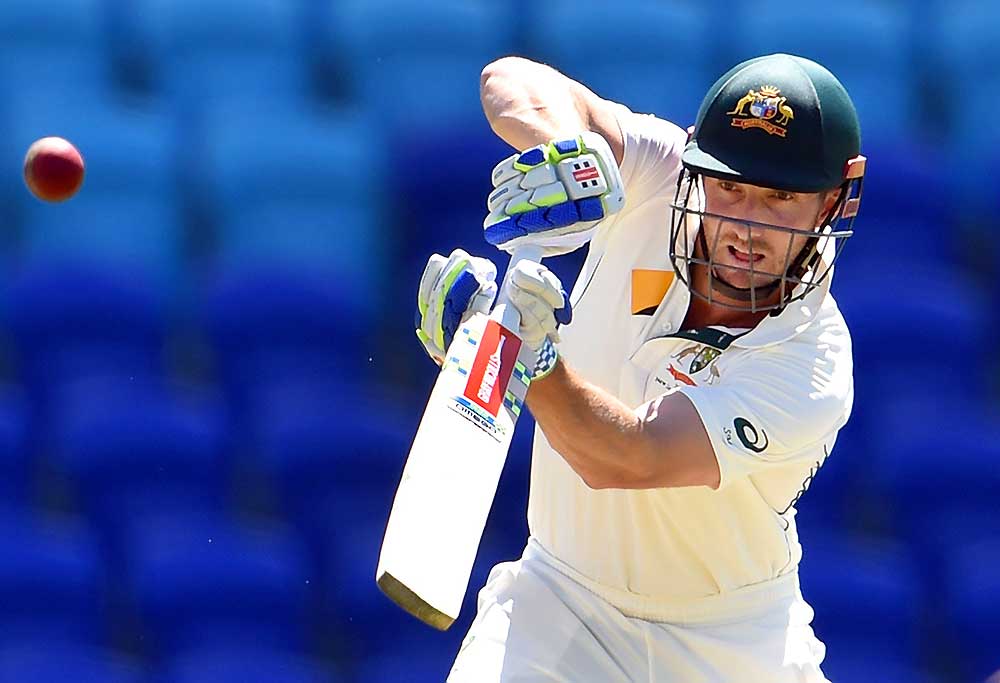
On that same note, why not show a bit of faith in poor old Jackson Bird? Yes it was good to see Pat Cummins, and he bowled well, but we didn’t win either of those matches I should point out.
Now what’s going to happen? Has Shaun Marsh done enough to be dropped? Has Maxwell? Has Handscomb? Is Bird ever going to get a game? Do they know who Chadd Sayers is?
Every great side in Test history – whether its Australia in the 90s and 00s, West Indies in the 70s and 80s, Australia in the late 40s – is built around a core group of players in whom the selectors show faith. But instead, the selectors chop and change to show off.
I think over time, Steve Smith will grow as captain, I feel he’ll flourish once Darren Lehmann leaves.
I do think there’s a split with the Australian selection table over policy – new blood versus old, specialists versus all-rounders, horses for courses versus pick and stick – which is causing a lot of instability and uncertainty that needs to be sorted out.
We could be the best Test side in the world, we have the talent, we have the resources, we just need the captain to have the right amount of support, the selectors to have the courage of picking players who actually earned their selection at first class level, and to stick with them.
The players need to be accountable for specific roles (i.e if you’re in the top six you need to be a batsman, if you’re a keeper you need to keep) and for the domestic first-class scene to be maintained.
It is that simple but it seems to be beyond them.






























































































